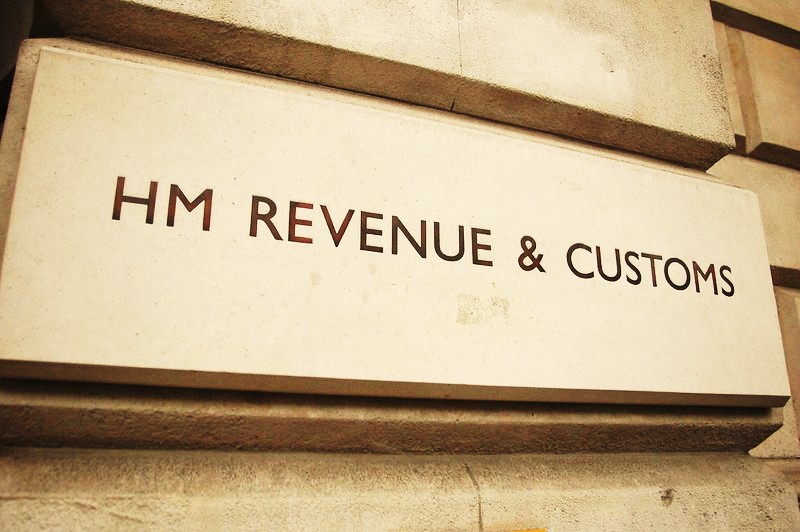
by Mike Lewis | Jun 19, 2025
Summary: Quietly buried in HMRC spreadsheets released today is the news that the UK Tax Gap – the gap between tax due and tax collected – seems consistently to be billions of pounds bigger than HMRC previously estimated. New evidence suggests that the...

by Mike Lewis | Jun 5, 2025
The UK is weighing the future of its Digital Services Tax (DST), under pressure from US trade threats. From the White House to the tech sector, the DST has been described as a discriminatory ‘tariff’ almost entirely targeting large US internet companies. No-one seems...

by Claire Aston | Apr 3, 2025
The UK government’s apparent willingness to reduce the Digital Services Tax (DST) rate to placate the Trump administration and potentially secure exemptions from US tariffs represents a concerning development in UK’s tax policy. As recently reported by The...

by Alex Dunnagan | Jul 26, 2022
Corporation Tax (CT) has been in the headlines again after several candidates in the Conservative Party leadership race promised to cut the rate. Liz Truss has promised to reverse the planned increase to 25 per cent, while Jeremy Hunt and Sajid Javid, set out plans to...

by Alex Dunnagan | Oct 7, 2021
7th October 2021 US Government set to raise 3x more than rest of the world combined in tax payments from four tech companies after Global Tax Deal Raising Global Minimum Tax to 21% would see US Government raise an extra $2.5bn in tax from Apple alone Summary and...






